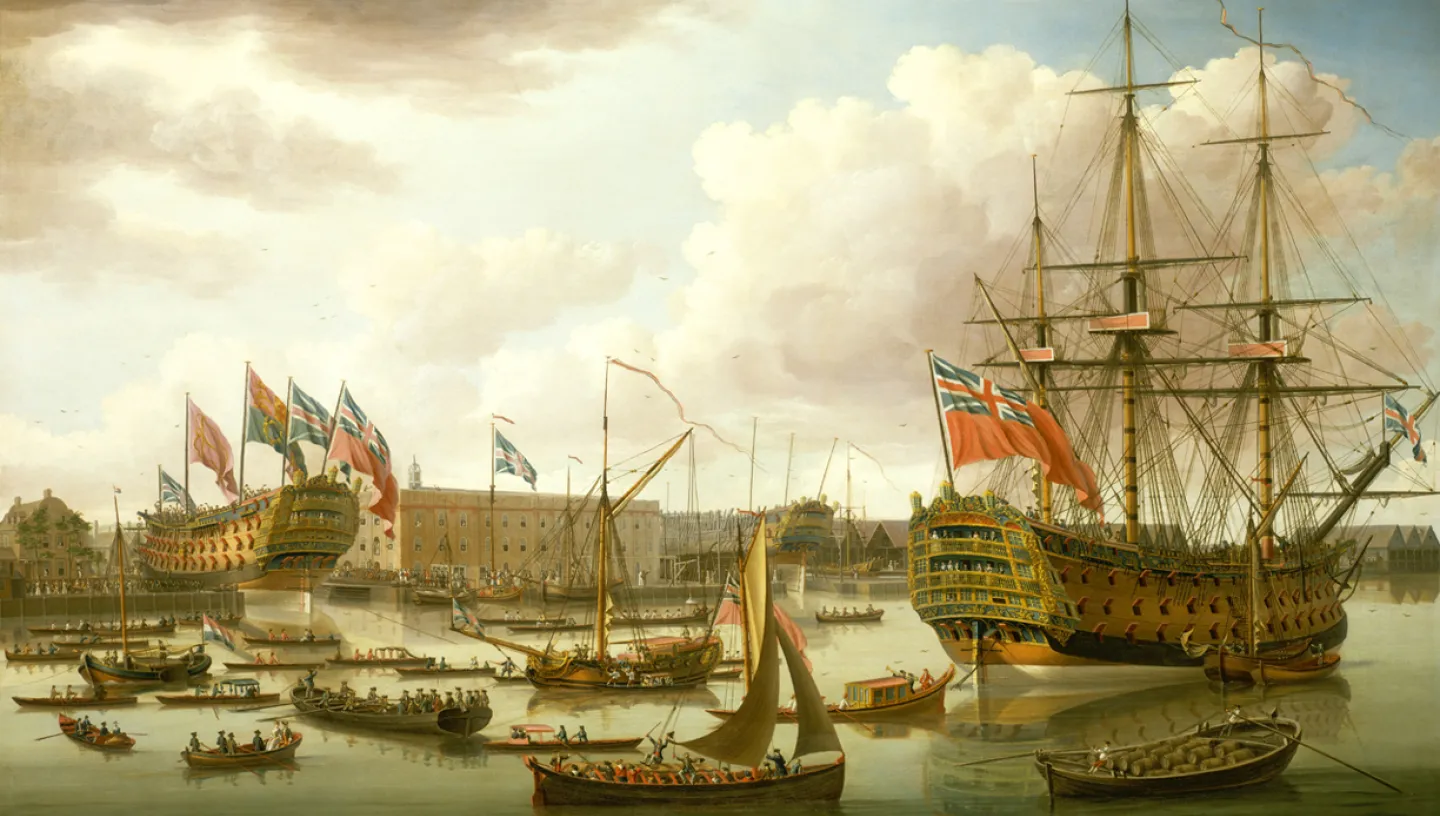
Ship launching ceremonies
Launching ceremonies of times past were often more barbarous than the champagne tradition of today.
A launching ceremony is the formal custom that celebrates a boat being transferred from land to water for the first time. It is an important naval tradition that’s both a public celebration and a way of blessing the ship (and its crew) in an attempt to bring it good fortune on its voyages. In Britain, it’s customary to break a bottle of wine or champagne on the ship as part of the ceremony.
Launching ceremonies in times past
Launching ceremonies of times past were often more barbarous than they are today – for as well as the garlanding of ships with flowers, they sometimes included human sacrifice. The Vikings, for instance, used to sacrifice a slave to win the favour of their sea god. But with the introduction of Christianity, this custom was dropped, and a goat was offered in the place of a slave.
In the 15th century, the King’s representative would name the ship, drink a goblet of wine, sprinkle wine on the deck at the four cardinal points and then throw the goblet overboard.
In Charles II’s time, in the 17th century, the goblet was presented to the master shipwright and not thrown away. Visit the National Maritime Museum to see a tankard in its collection that’s inscribed: ‘At the launching of his Majests Ship the Captain a 3rd rate of 70 Guns 1230 Tuns ye 14 of April 1743. Built by Mr John Holland at Woolwich.’
Present-day launching ceremonies
The present-day custom of breaking a bottle of wine or champagne apparently began in the days of the early Georges, in the 18th century; the first recorded case concerned one of the Princesses of Hanover, who threw the bottle with more energy than accuracy, missing the ship entirely, and injuring one of the spectators, who put in a claim for damages against the Admiralty. From about 1810, it was customary for a lady to be asked to perform the ceremony.